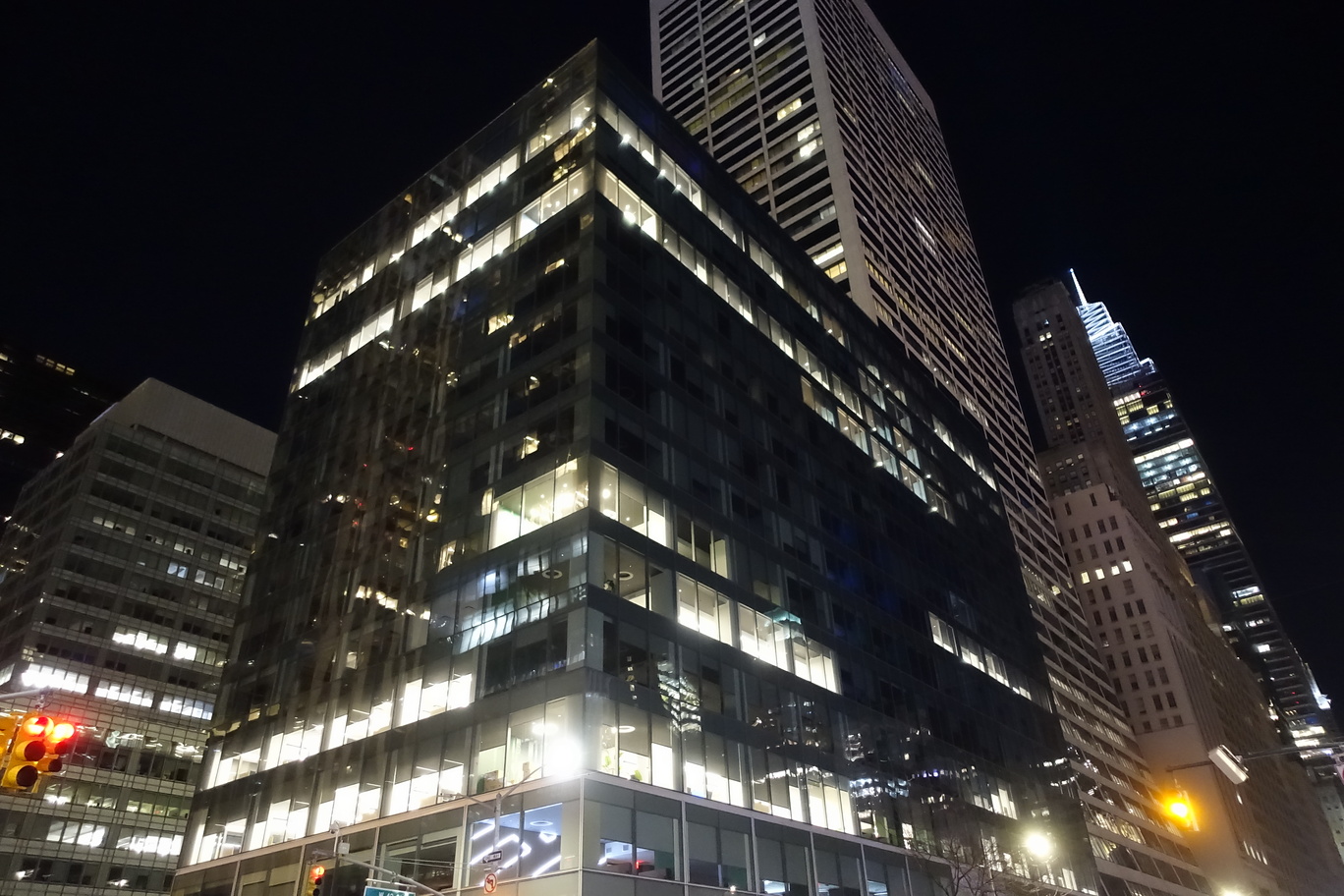Bryant Park, located in the heart of Manhattan, New York City, is a beloved public space known for its lush greenery, cultural events, and urban oasis atmosphere. While there is no actual zoo within Bryant Park itself, the park’s proximity to other attractions and its rich history make it a fascinating destination for both locals and tourists. This article will explore the park’s features, nearby attractions, and address common misconceptions about a “Bryant Park Zoo.”
What is the History of Bryant Park?

Bryant Park has a storied past dating back to the mid-19th century. Originally designated as a potter’s field, it evolved through various incarnations before becoming the urban retreat we know today.
Key Historical Points:
- 1847: Designated as Reservoir Square
- 1884: Renamed Bryant Park after poet William Cullen Bryant
- 1899: New York Public Library construction begins adjacent to the park
- 1934: Park redesigned under Robert Moses
- 1980s: Major renovation to combat crime and deterioration
- 1992: Reopened as a revitalized public space
Why is There No Zoo in Bryant Park?

Despite its name, there is no “Bryant Park Zoo.” This misconception likely stems from confusion with other New York City parks that do house zoos. Bryant Park’s focus has always been on providing an open, green space for urban dwellers rather than housing animals.
What Are the Main Attractions in Bryant Park?
While Bryant Park doesn’t have a zoo, it offers a variety of attractions and activities throughout the year:
- The Reading Room: Outdoor library with free books and periodicals
- Le Carrousel: A classic merry-go-round
- Ping Pong Tables: Free to use with equipment provided
- Chess & Backgammon: Tables available for public use
- Seasonal Ice Skating Rink: Open during winter months
- Bryant Park Grill: Upscale dining with park views
- Numerous Food Kiosks: Offering diverse culinary options
Where Can Visitors Find Animal Encounters Near Bryant Park?
For those seeking animal encounters near Bryant Park, several options are available within a short distance:
Central Park Zoo
- Location: 64th Street & 5th Avenue (1.3 miles from Bryant Park)
- Features: Sea lions, penguins, snow leopards, and more
- Admission: Adults $19.95, Children (3-12) $14.95, Seniors $16.95
Bronx Zoo
- Location: 2300 Southern Blvd, Bronx (10 miles from Bryant Park)
- Features: Largest urban zoo in the United States
- Admission: Adults $39.95, Children (3-12) $29.95, Seniors $34.95
Prospect Park Zoo
- Location: 450 Flatbush Ave, Brooklyn (7 miles from Bryant Park)
- Features: Sea lions, red pandas, and a barnyard
- Admission: Adults $9.95, Children (3-12) $6.95, Seniors $7.95
How Does Bryant Park Contribute to Urban Wildlife?
While not a zoo, Bryant Park plays a crucial role in urban ecology:
- Bird Habitat: The park’s trees and plants attract various bird species
- Pollinator Gardens: Designed to support bees and butterflies
- Urban Wildlife Education: Occasional programs on local fauna
- Green Space Preservation: Maintaining biodiversity in the city center
What Events Can Visitors Enjoy at Bryant Park?
Bryant Park hosts a wide array of events throughout the year:
| Season | Event Examples |
|---|---|
| Spring | Yoga classes, Film screenings |
| Summer | Broadway performances, Outdoor concerts |
| Fall | Literary events, Art installations |
| Winter | Holiday markets, Ice skating |
How Does Bryant Park Compare to Other NYC Parks with Zoos?
While Bryant Park doesn’t have a zoo, it offers unique features that set it apart:
- Central Location: Easy access from Midtown Manhattan
- Free Admission: No entry fee required
- Cultural Programming: Diverse events and activities
- Historical Significance: Rich architectural and literary heritage
- Urban Oasis: Provides green space in a dense urban environment
What Transportation Options Are Available to Bryant Park?
Bryant Park is easily accessible via various transportation methods:
- Subway: B, D, F, M to 42nd Street-Bryant Park; 7 to 5th Avenue
- Bus: M1, M2, M3, M4, M5, M7, M42, M55
- Bike: Citi Bike stations nearby
- Walking: Centrally located for pedestrians
How Can Visitors Make the Most of Their Bryant Park Experience?
To fully enjoy Bryant Park, consider these tips:
- Check the event calendar for special programming
- Visit during different seasons to experience varied activities
- Bring a book to enjoy in the Reading Room
- Pack a picnic to enjoy on the lawn (when open)
- Participate in free classes and workshops
- Explore the adjacent New York Public Library
What Dining Options Are Available in and Around Bryant Park?
Bryant Park offers a range of dining experiences:
- Bryant Park Grill: Upscale American cuisine
- ‘wichcraft: Gourmet sandwiches and salads
- Joe Coffee Company: Specialty coffee and pastries
- Various Food Kiosks: Seasonal offerings and local vendors
- Nearby Restaurants: Numerous options in surrounding blocks
How Does Bryant Park Contribute to New York City’s Culture?
Bryant Park plays a significant role in NYC’s cultural landscape:
- Literary Heritage: Hosts readings and book clubs
- Performing Arts: Showcases music, dance, and theater
- Visual Arts: Features temporary art installations
- Film: Screens classic movies during summer evenings
- Education: Offers workshops and lectures on various topics
While Bryant Park may not have a zoo, its rich offerings and central location make it a must-visit destination for anyone exploring New York City. From its historical significance to its modern amenities, Bryant Park continues to evolve as a vital part of the urban fabric, providing a green respite amidst the bustling cityscape.
References:
1. Bryant Park Official Website
2. NYC Parks – Bryant Park
3. Central Park Zoo
4. Bronx Zoo
5. Prospect Park Zoo
